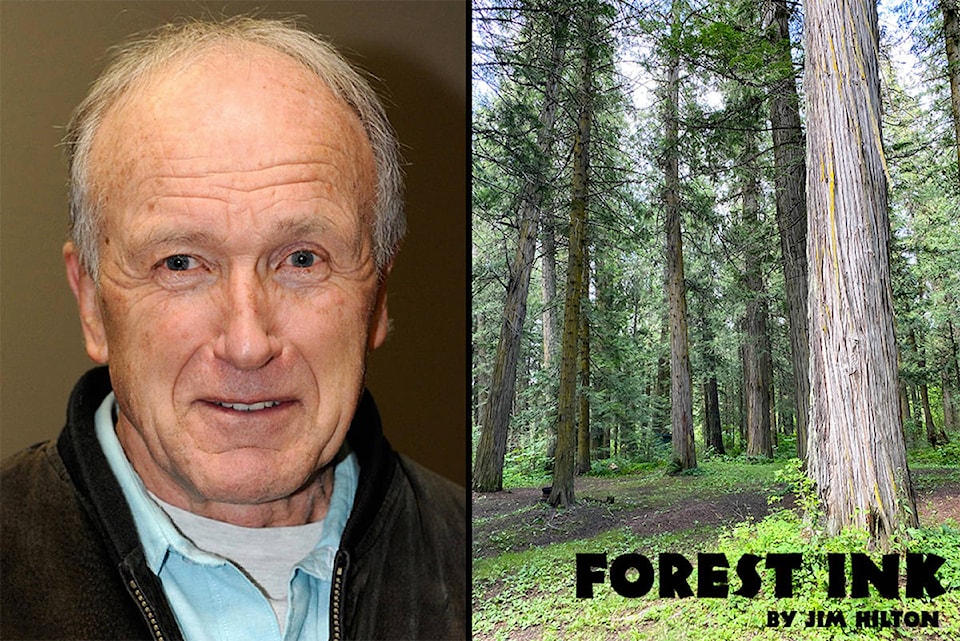After a tip from one of my readers, I did some research on the rehabilitation of China’s deserts. A number of reports and YouTube videos shows some impressive before and after photos of the work that has been going on for decades.
As pointed out in the references some countries have been reforesting their depleted areas but only China has done reclamation on a massive scale where some deserts have been mostly re-vegetated for agricultural land and or livestock grazing.
After a number of approaches they appear to have settled on a grid system. One meter square areas are established using straw which are pressed into the sand with a shovel around the edges creating a vertical straw wall which keeps the sand from covering the new plants in the centre of the protected area.
It looks like these protected plants get enough rain to survive and grow a good ground cover and eventually a shrub or forest cover. All the work is done by hand since machines could not operate on the steep sand dunes.
Once the trees get to a reasonable height the local environment changes enough that more plants, animals and a variety of insects and birds arrive so that finally the climate in the area changes to be cooler and more comfortable.
After successful conversion, the new grasslands/forests will have to be diligently maintained because if left on their own, the factors that initially turned them into desert would soon set in and revert the terrain back to desert.
READ MORE: DOWN TO EARTH: Into the future on climate change
Things like forest fires that burn the surface plant life easily expose sand layers beneath. The now free sand starts shifting when the wind blows and covers the other forested areas. Vegetation that is now covered in sand dies off, rots and exposes the sand beneath that can now again start shifting and the whole thing degrades.
In some cases recovered areas will likely require the maintenance of a complex system of irrigation to keep the areas supplied with water.
Another video shows how power drills are used to make holes in the sand up to 3 feet deep into which tree and shrub cuttings are forced which will start to root if subsurface water is reached. After adding green houses and ponds along with the reforested areas wildlife returns and a tourist industry is being encouraged.
According to the Chinese government sources they have succeeded in increasing the area of agriculture and animal husbandry on three deserts (about the size of Sri Lanka).
In the long term, this will be very valuable in increasing food security, especially to support the lives of its 1.4 billion people which now seems to be stabilizing due to past family planning regulations.
The information in the reports and videos no doubt has been carefully managed by the Chinese government but the extent of the rehabilitation can also be verified to some extent by satellite images and the government seems willing to share their experience with other countries that are also attempting reclamation of degraded ecosystems.
I was encouraged by the video where the reporter worked with one of the planting crews for a few days and came to realize how physically demanding the work was, but also showed how the workers demonstrated a real sense of pride and accomplishment from the work they have been doing for many years. I would also assume their level of fitness is well above the average western person with a much more sedentary lifestyle.
READ MORE: Climate change made B.C., Alberta heat wave 150 times more likely, study concludes
Jim Hilton is a professional agrologist and forester who has lived and worked in the Cariboo Chilcotin for the past 40 years. Now retired, Hilton still volunteers his skills with local community forests organizations.
news@wltribune.com
Like us on Facebook and follow us on Twitter
